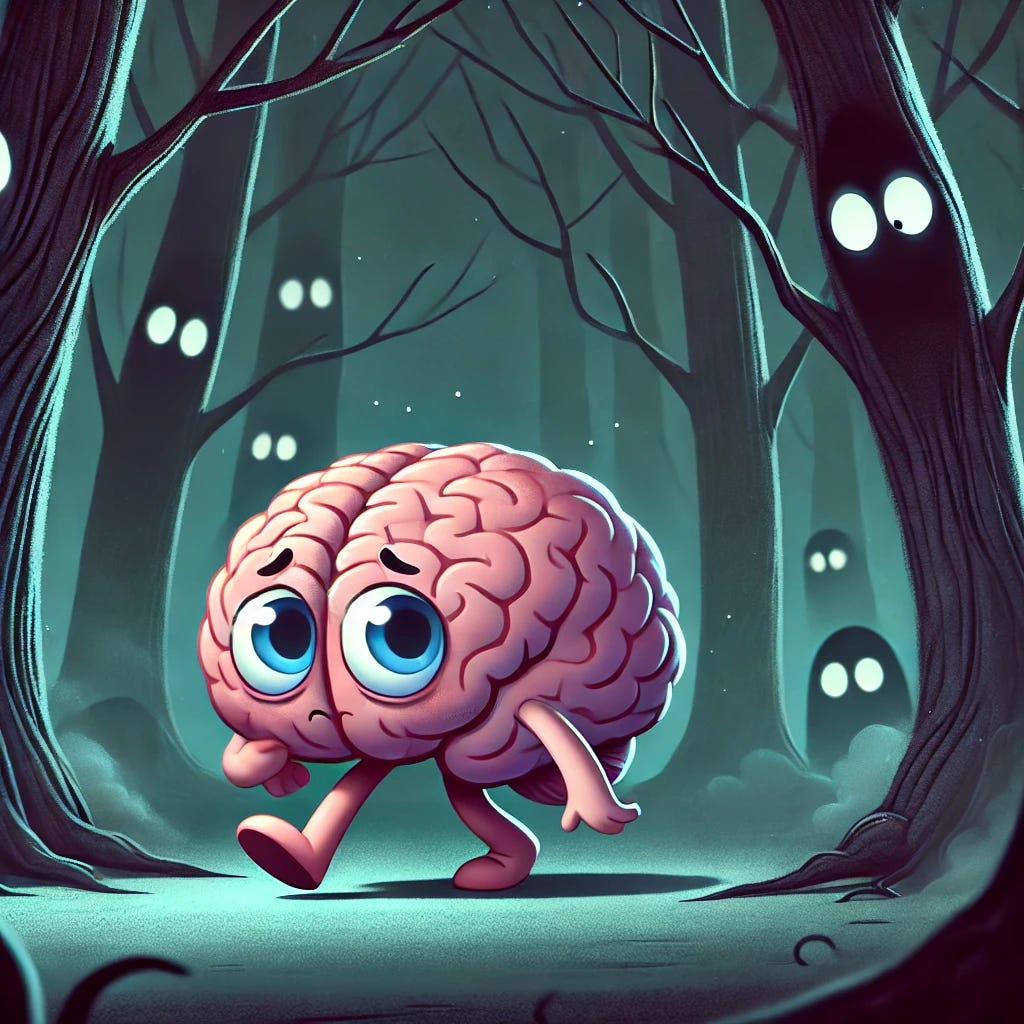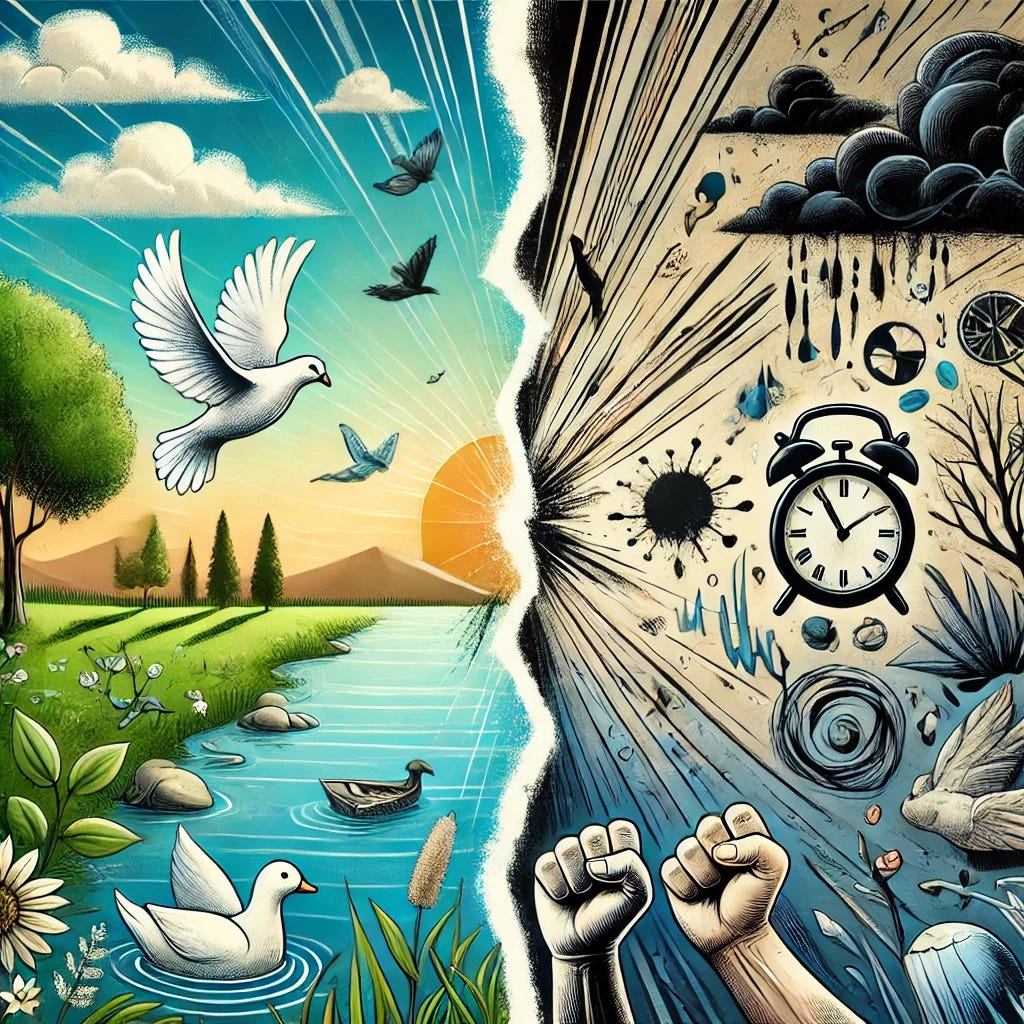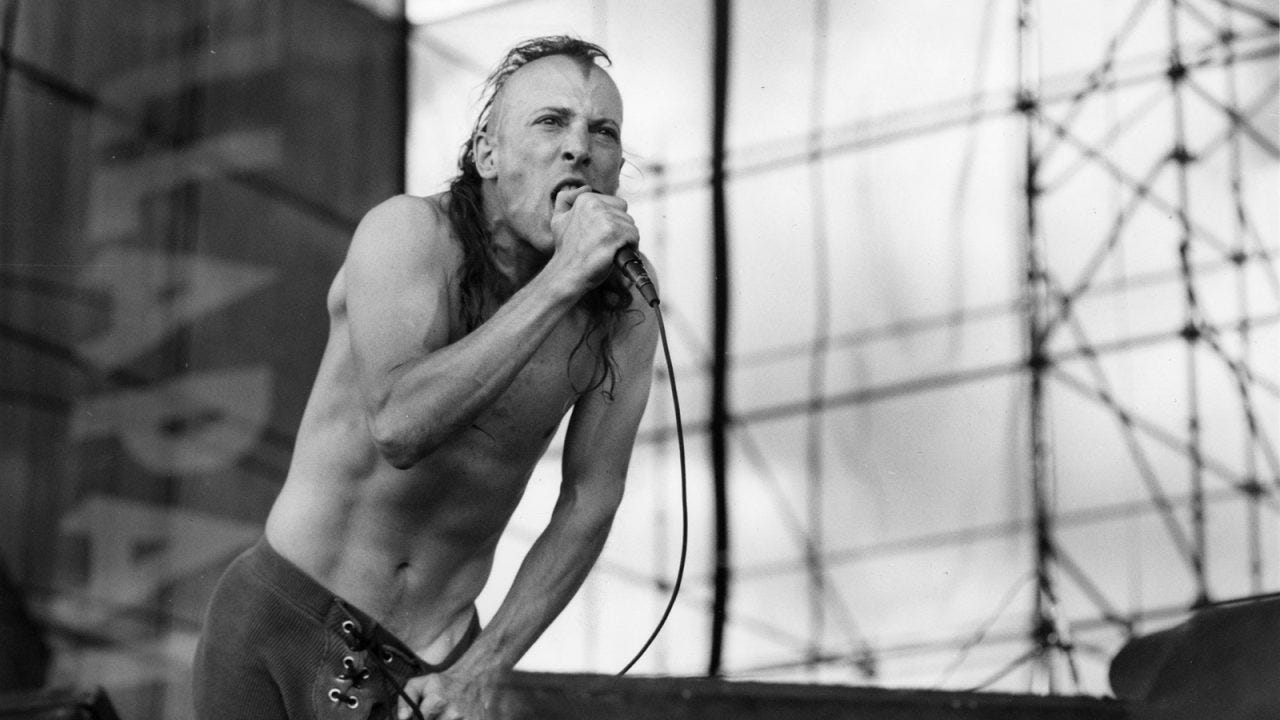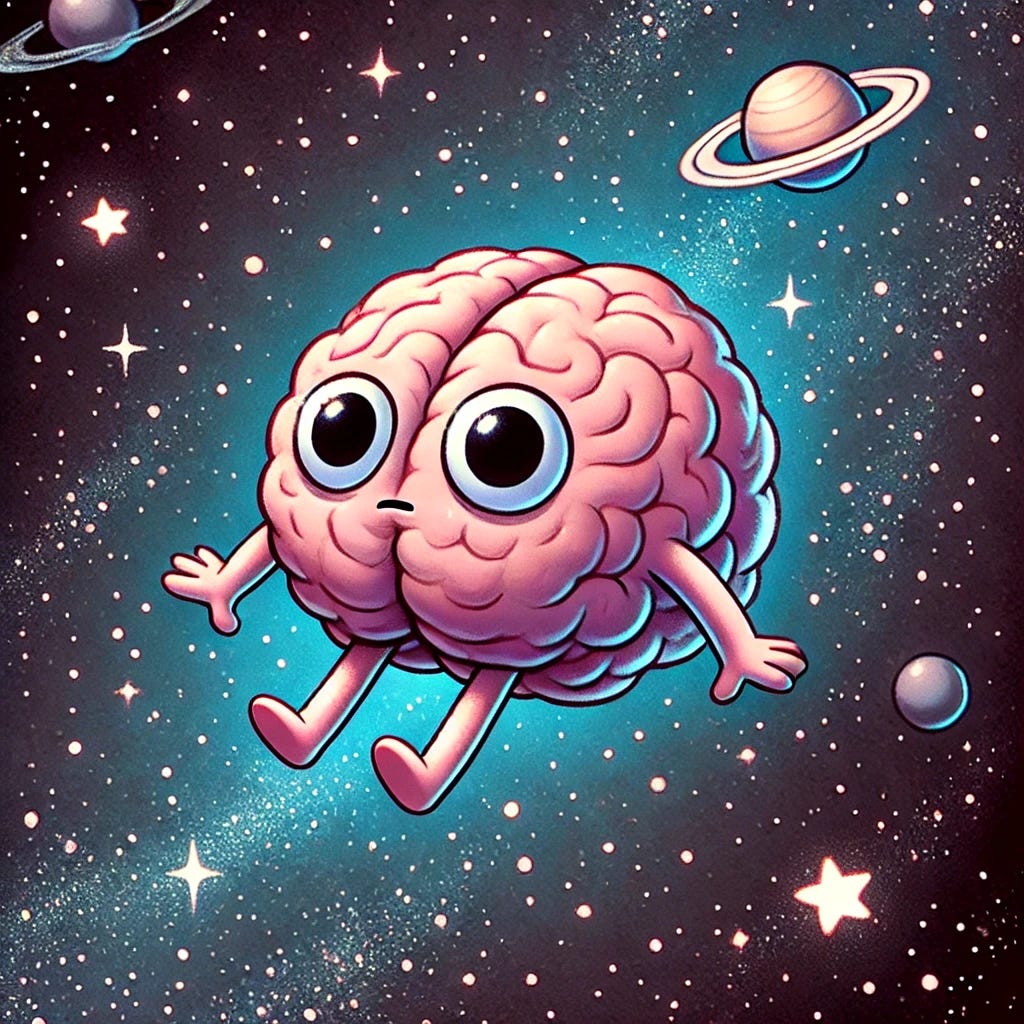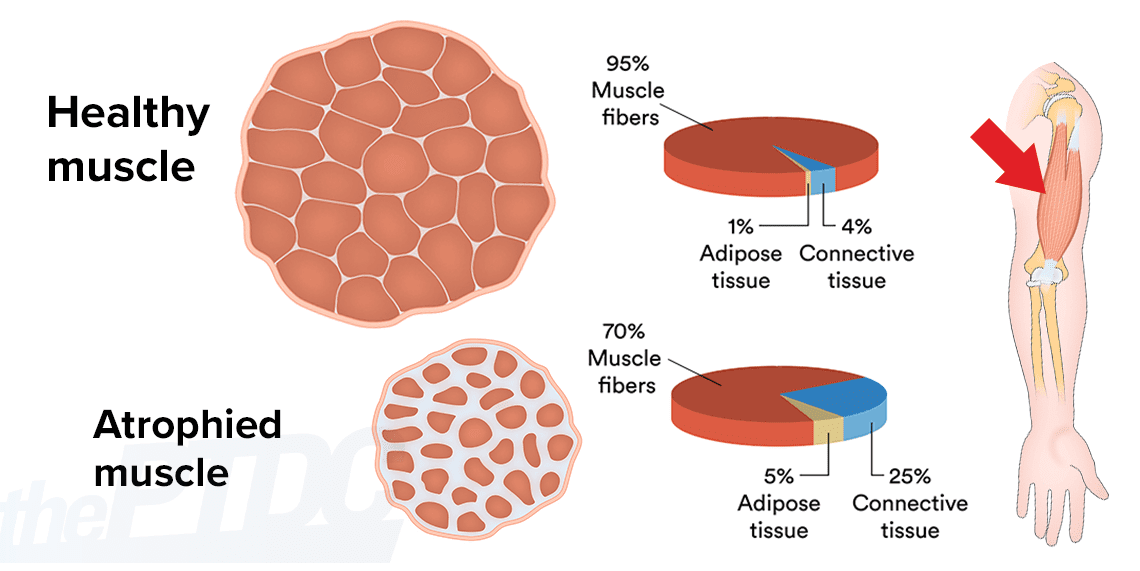Peace is not Passive
How yoga practice illustrates the true nature of peace in the human experience.
We tend to think of things in terms of binaries or opposites. It’s because our brains have trouble tolerating ambivalence.
Binaries are considered absolutes with no overlap.
On / Off
True / False
Dead / Alive
Win / Lose
Zero / One
Opposites are the two furthest points from one another (with the possibility of intermediary states occurring between them).
Silence vs. Noise
Light vs. Dark
Heaven vs. Hell
Order vs. Chaos
Peace vs. Conflict
But binaries only exist in the theoretical.
Experientially, we never really touch either side of a binary.
Point to zero. Where (other than my bank account 🤣) does that truly exist in the scope of human experience? Pick an apple off a tree. Is that apple more so “one” than any of the other apples on the tree? Which of them is “two”?
Sure, if your team has more points when the clock expires, you’ve “won” — but it’s a context dependent concept. Once the Chiefs left the field last February, they technically went back to being contenders, just like everyone else.
Our experience of opposites is often quite subjective.
When I listen to TOOL, I hear great music and a powerful rhythm.
Other people (horrible, terrible people 😉) just hear noise and discordance.
But when you drive beyond the semantics and subjectivity, most of our binaries and opposites seem to describe situations where there is either: (a) the presence of a thing, or (b) the lack of that thing.
Absence of sound (silence) vs. presence of sound (noise)
Presence of photons (light) vs. absence of photons (dark)
Presence of God (heaven) vs. absence of God (hell)
Absence of undirected energy (order) vs. presence of undirected energy (chaos)
Absence of struggle (peace) vs. presence of struggle (conflict)
I think that we make a big mistake when we let that last one slip by our intellectual nets.
Few people would challenge the typical peace vs. conflict dichotomy. But let’s reconsider — is peace truly the absence of all struggle? Does peace really belong on that kind of continuum? Does conflict, for that matter?
Let’s think of them as theoretical absolutes. What is pure peace like? What would pure conflict be?
Neither one of them make sense as absolute values. At what point does conflict become complete and total? Conflict can theoretically always increase, like infinity. “Peace” could reach an absolute value, like zero, but complete and total lack of struggle (like floating off into space) also implies absence of life…so it’s analagous to death.
Our idea of peace is seeming a little less attractive, right?
Upon closer inspection, conflict, stress, and struggle are intrinsic to life.
That’s not to say that they are some kind of inevitability that we just need to shrug and grit our teeth through (like taxes or 900 unecessary cut aways to Taylor Swift during football games).
What I’m getting at is that the nature of life itself is struggle and conflict. Even down to the cellular level, simply having a membrane and maintaining it implies some interchange of force between the interior and the exterior.
Life sustains so long as that barrier is somewhere between dissolved and impassable. A cell that can’t intake nutrients and output waste, dies. A cell that can’t contain its vital organelles and protect them from the outside world, dies.
The problem is that we’ve set peace as another temporary end-state, like happiness, that we tend to assume results from the right alignment of the equation of life.
Remove stress and conflict, experience more peace. Simple plan, deadly consequences.
I’m only being half dramatic. Here’s why: ATROPHY!
When our systems (muscular or otherwise) experience less and less stress and resistance, over time their ability to tolerate outside forces decreases.
So stress and conflict acting on our systems isn’t all bad. But of course, adding too much stress results in injury and destruction.
This is where yoga practice informs a healthy cultivation of peace.
In Yoga Sutra 2.46, “sthira sukham asanam” Patanjali explains that “the posture for meditation should be steady, stable, and comfortable.”
As B.K.S. Iyengar puts it:
In every pose there should be repose.
In my own words, yoga can be approached as essentially the practice of balancing the internal and external forces so that the attention can be devoted fully to the moment.
So we visit and revisit challenging postures (asana) designed to create more strength and pliability in the physical body so that it can move through the world in a state of relative peace.
There it is! That idea of peace we’ve been circling this whole time. It wasn’t at the end of a continuum, out of reach, and achieved by reduction…it’s right in the middle of everything.
In essence, that’s what yoga practice can teach us—to learn to reside comfortably in that middle-space. That ever unfolding experience of being and becoming which we call being human.
When the outer world encroaches on us, can we withstand the pressure and reclaim our space?
When the inner world gets chaotic, can we open avenues to release that pressure, and reclaim our space?
Like standing on one foot in tree pose, even if the exterior body looks static, there are hundreds of small muscles on either side of our foot and ankle firing opposite of each other to keep us looking steady.
If you want to experience true peace, simply breath in, and breath out. You’re already there.
The more present we allow ourselves to be with this constant giving and taking and balancing of forces, the more resilient our systems become.
So stay vigilant. Peace is not passive.
It’s not going to find you where you wait for it, and you’re never going to fully rid yourself of all conflict.
Like with TOOL’s music (and all music, really) it’s only noise if there’s no meaning or concordance to it.
So the question is not how much energy you have relative to others, or relative to other moments in your life. It’s how much intention you can bring to the direction of that energy wherever it is today.
Here and now is always where we become the authors of our own lives and create meaning in this otherwise random matrix of experience.



